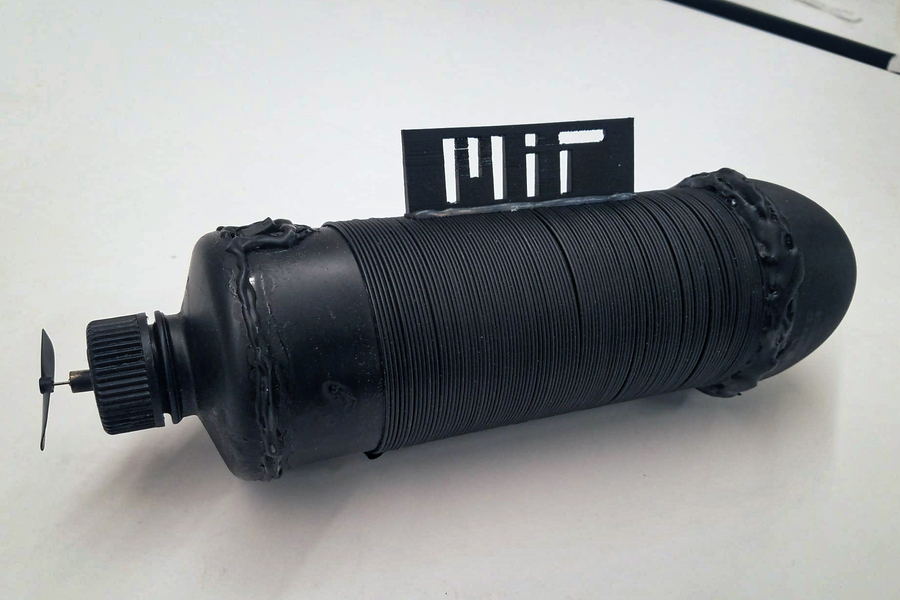Researchers at MIT have developed a rechargeable lithium-ion battery in the form of a fiber that can be woven into a fabric.
According to a press release, the battery, which was created in the shape of an ultra-long fiber, may power various wearable electronic devices and could be used to create 3D-printed batteries in various forms.
According to the researchers, self-powered communications, sensing, and processing devices that can be worn like conventional clothing are a possibility. Furthermore, the researchers believe that the technique might be applied in systems where the batteries also act as structural components.
According to research published in the journal Materials, the world’s largest flexible fiber battery — 140 meters long — might be developed to long lengths. Previously, researchers demonstrated fibers with various electronic components, including light-emitting diodes, photosensors, communications, and digital systems.
Many of the fibers may be weaved and cleaned, making them wearable. However, they have typically relied on an external power source, so the researchers believe that the new fiber battery will enable such devices to be completely self-contained.
The fiber battery is manufactured with proprietary battery gels and a standard fiber-drawing process that starts with a larger cylinder that holds all the components and heats it to just below the melting point. Then, passing the material through a small opening, all fragments are crushed to a fraction of their original diameter.
According to MIT researcher Tural Khudiyev, previous efforts built batteries with crucial components on the outside of the fiber, but the present technique embeds lithium and other elements inside the fiber with a protective coating on the outside to make it stable and waterproof. According to Khudiyev, this is the first demonstration of a sub-kilometer-long fiber battery that is both lengthy and dependable enough for practical purposes.
The 140-meter-long fiber has a 123-milliamp-hour energy storage capacity, which may be used to power smartwatches or phones.
“The beauty of our approach is that we can embed multiple devices in an individual fiber,” former MIT postdoc Jung Tae Lee said. “Unlike other approaches which need integration of multiple fiber devices. When we integrate these fibers containing multi-devices, the aggregate will advance the realization of a compact fabric computer.”
The material may be employed in 3D printing or custom-shape systems to make solid items.
“This is the first 3D printing of a fiber battery device,” Khudiyev said. “If you want to make complex objects” through 3D printing that incorporates a battery device, this is the first system that can achieve that. After printing, you do not need to add anything else because everything is already inside the fiber, all the metals, all the active materials. It’s just a one-step printing. That’s a first.”
The research team has applied for a patent on the technique and is improving power capacity and materials. According to Khudiyev, fiber batteries might be ready for commercial use in a few years.
The study was funded by the National National Science Foundation’s MRSEC program at MIT, the Institute for Soldier Nanotechnologies at the US Army Research Laboratory, the National Science Foundation’s graduate research fellowship program, and the Korean National Research Foundation.
Source: MIT

